Slim Double Glazing for Old Sash Windows
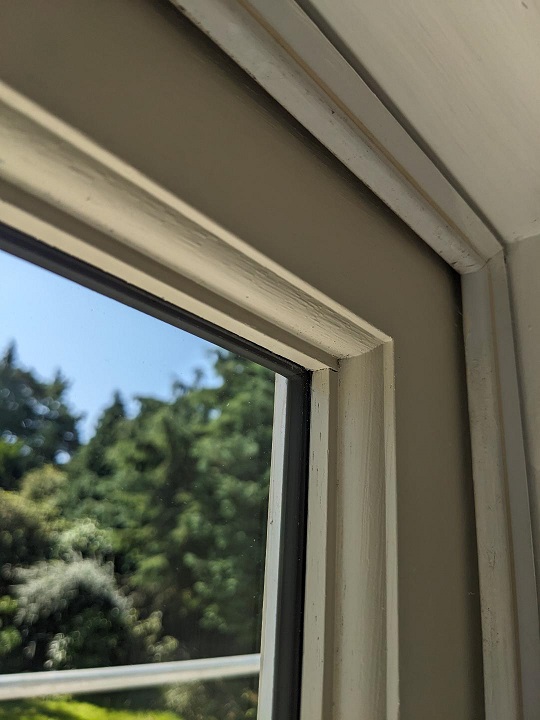
As joiners we work with clients who have very specific requirements for their wooden windows and doors. Sometimes clients may want to improve their existing timber windows and doors rather than replacing them. After completing a recent job of improving existing sash windows by introducing slim double glazing. We thought we’d share our process and why adding slim glazing to your windows and doors could be right for you. Let’s look at some of the key information regarding slim double glazing.
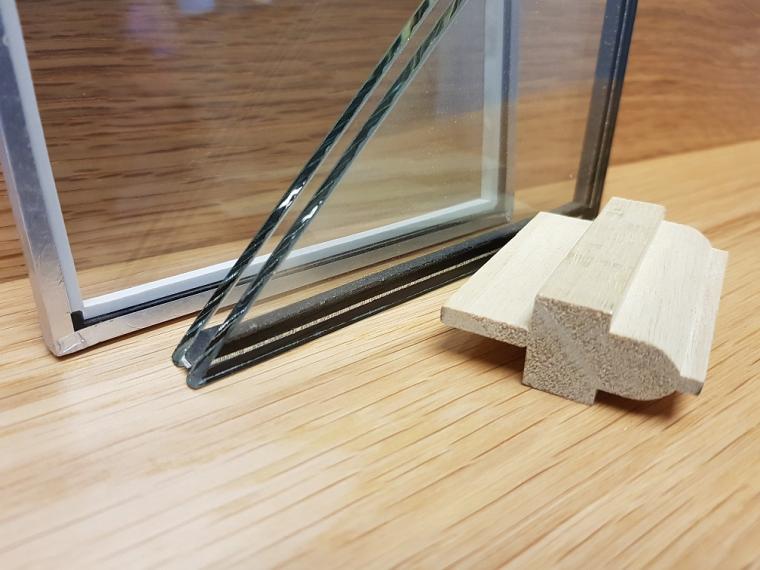
What is slim double glazing?
Slim double glazing, sometimes known as “Slimlite”, is slimmer and thinner than a standard double glazing unit. Standard double glazing is typically 24mm to 28mm thick, requiring at least a 40mm glazing bar whereas slim double glazing is typically 12mm to 18mm thick and can fit within a 22mm (sometimes a little less) glazing bar. The thickness of the glazing bar is very important as most historic windows have fine glazing bars close to 22mm or less.
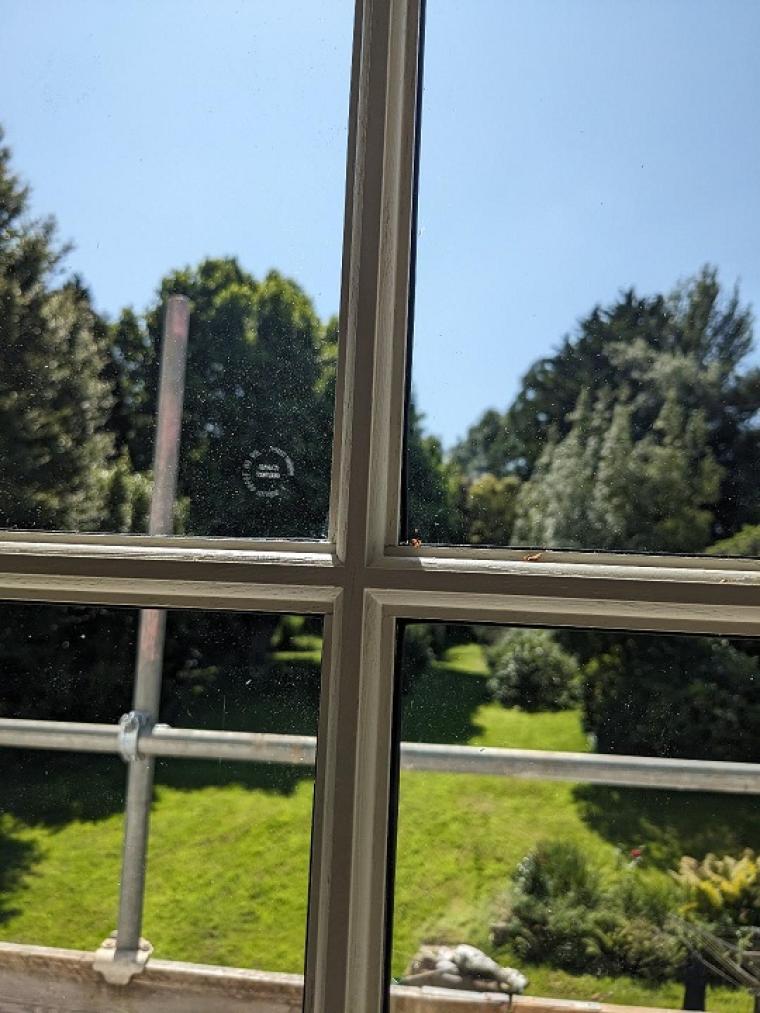
Why should I fit slim double glazing?
Most of our clients have wanted to use slim units to reduce very high levels of condensation on sash windows that are otherwise in good condition. Whilst the introduction of slim units does not eliminate condensation there is a very significant reduction. This reduction in condensation reduces the build up of black mould on the window, prevents premature rot of the bottom and meeting rails and saves time using a karcher window vacuum or cloth to remove the condensation.
With current initiatives for homeowners to move away from CO2 intensive heating to heat pumps we have retrofitted existing sashes with slim double glazing. For illustration purposes, here are the typical U-Values comparing the centre pane of 4mm single glazing to a 12mm slim double glazed unit. These figures are for illustration purposes only. We can provide overall U-Values that include the timber sash and the frame if required.
- 4mm Single Glazing 5.4
- 12mm Slim Double Glazing 1.9
If the box frames or the window frames are in good condition they can be retained. This ensures more of the history of the building is kept intact. It also saves having to disturb shutters and the surrounding structure saving time in terms of making good and adjustments.
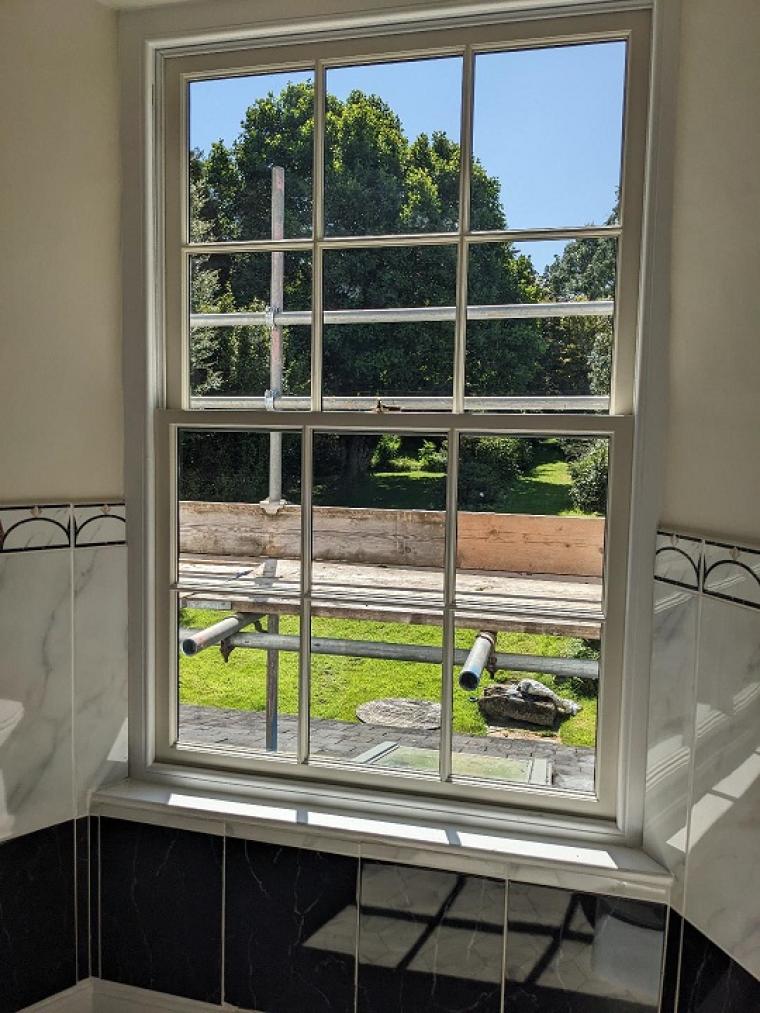
What’s the best way of retrofitting slim double glazing?
Although sometimes it is possible to install slim glazing into an existing sash, and we have done so, it is our experience that it is best to make a new sash and install the slim glazing into a brand new sash. By making a new sash we can carefully replicate the sash, glaze and paint all in controlled conditions. This means that when we visit your home the sash is ready to go with less adjustment on site required.
If the sash windows are operated by weights and pulleys we will need to add “makeweights” so the sash is properly balanced. This is due to the introduction of the second pane of glass.
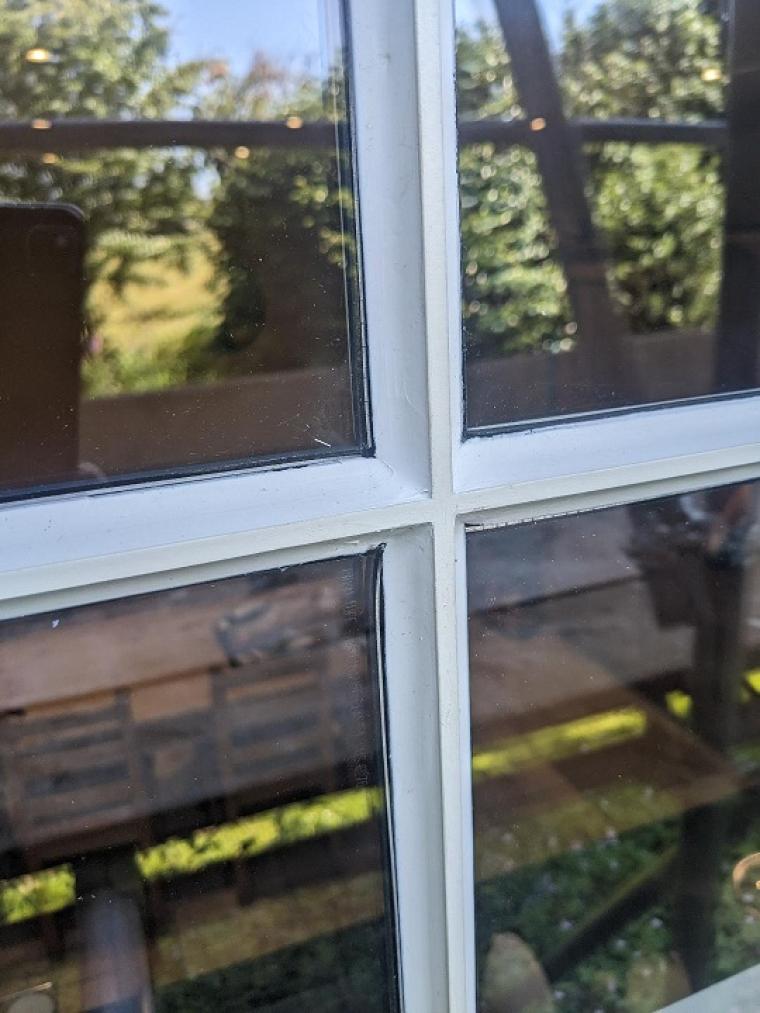
Can I fit slim double glazing into a Listed Building?
This is a changing landscape. Historic England, which is a source of advice to local conservation officers who have the final say on changes on Listed Buildings or within conservation areas, has been moving towards relaxations in attitudes towards solar panels, heat pumps and double glazing.
We always have and always will look to work constructively with conservation officers. However, it is reasonable to say that varying rules and wide discretion from officers across councils have proved to be confusing for both clients and ourselves.
With the new government there is now encouragement for heat pumps in historic homes. For heat pumps to work efficiently their installation goes hand in hand with improving the insulation of a historic building.
Ultimately it will be for local conservation officers to rule on what is appropriate for Listed Buildings. However it does seem there is a degree of travel toward a more relaxed approach to modern solutions aimed at reducing energy consumption. It is safe to say that listed building consent should be sought before work starts.
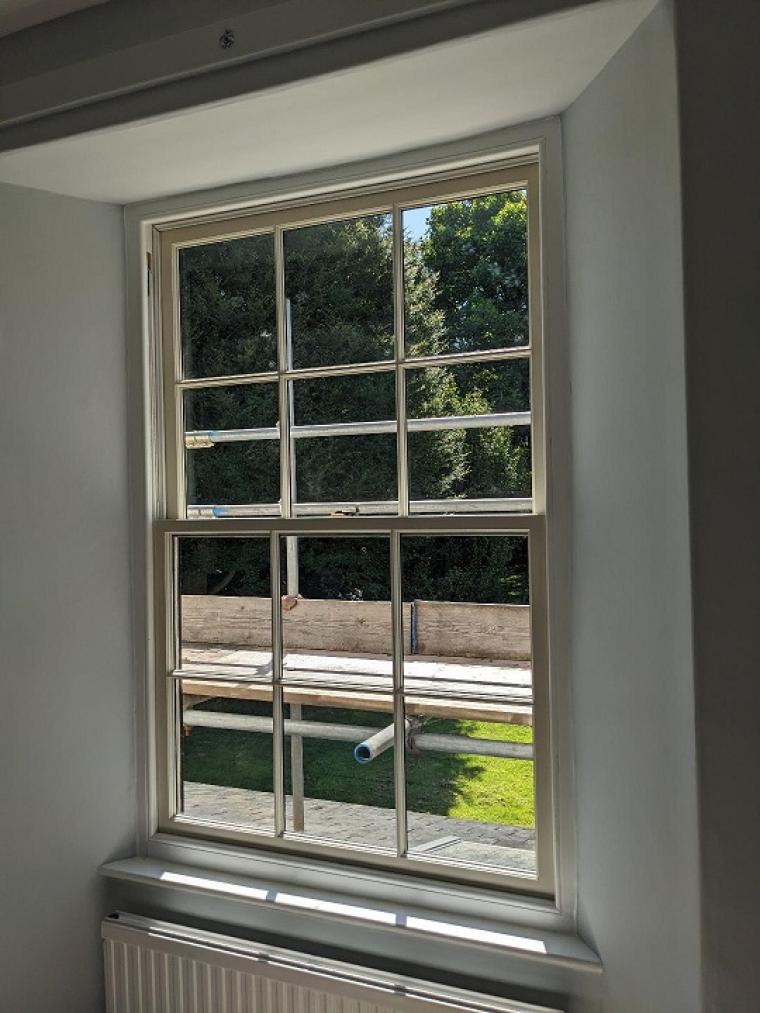
Are there problems with Slim Double Glazing?
As we’ll discuss there are pros and cons to using slim units. Due to the units being hand made they are more expensive than standard double glazing. To achieve the lowest U-Value the unit needs to be filled with krypton which is also expensive. All double glazing units have a finite lifespan, we guarantee our slim units for 5 years. We have been using slim units for about 15 years and we have not experienced large scale failures. Yes, some units break down and will need to be replaced but this is the case for all double glazed units. One of the benefits of slim units is they are widely available across the UK from various sources with reasonable lead times.
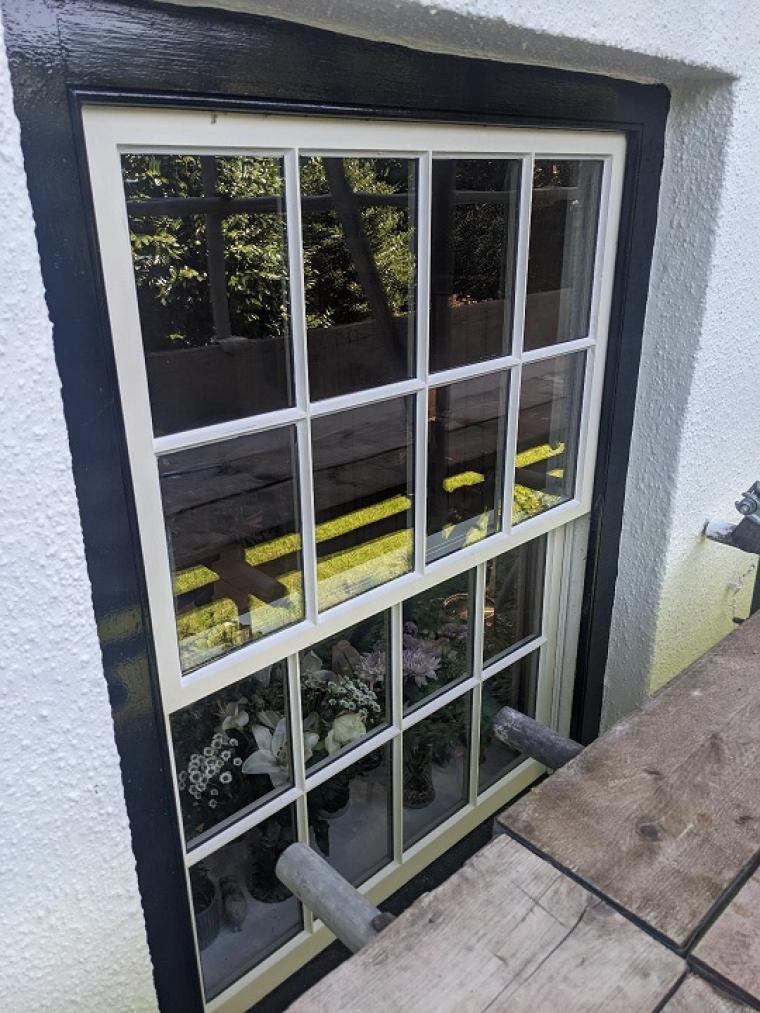
Are there alternatives to Slim Double Glazing?
The main alternative to slim double glazing that has emerged is vacuum glazing. Vacuum glazing is not a new concept. It is significantly more expensive than both conventional and slim units. From our perspective we view it as not suitable for installation into traditional slim glazing bars. This is because there are high levels of thermal bridge around the edge of a vacuum unit combined with a very low centre pane value. This creates high levels of condensation around the perimeter of the glass. We provided installation guidelines from our vacuum glass supplier to an industry expert representing a case where this issue has occurred. Vacuum glass features a grid of dots separating the panes. These are visible and it is important as an end user customer you fully consider the aesthetic impact. There have been some reported issues of the grid becoming loose and falling to the bottom of the pane. Although Vacuum Glazing does have a low centre pane value and is often compared with triple glazing, it is important that you obtain a holistic U-Value as when combined with a timber frame the U-Value increases significantly. Currently we are aware of vacuum units being manufactured in China, Japan and Eastern Europe. This creates long lead times and expensive delivery charges. Expect carriage of around £300 if you break a pane and need one shipped.
That said, we think vacuum glazing is an exciting and very useful option to have. We would be very happy to support customers and make joinery with vacuum glass.
Conclusion
Slim glazing can be a good way to reduce condensation and improve thermal performance whilst retaining the existing frame and using a widely available product made throughout the UK at a reasonable price. We find it works best fitted into new purpose made sashes in our workshop and then installed into your existing frames. It may help you achieve a better degree of insulation in a historic house to enable heat pumps to become more viable.
However, like any significant project it is important to review your options carefully before proceeding. We don’t operate a glass company in the background and we will do our best to offer you good advice. If you would like to discuss using slim units please give us a call on 01769 572 134 or drop us an email via our contacts page. We typically work within a 40 mile radius of our workshop in Devon EX36 3LH.
